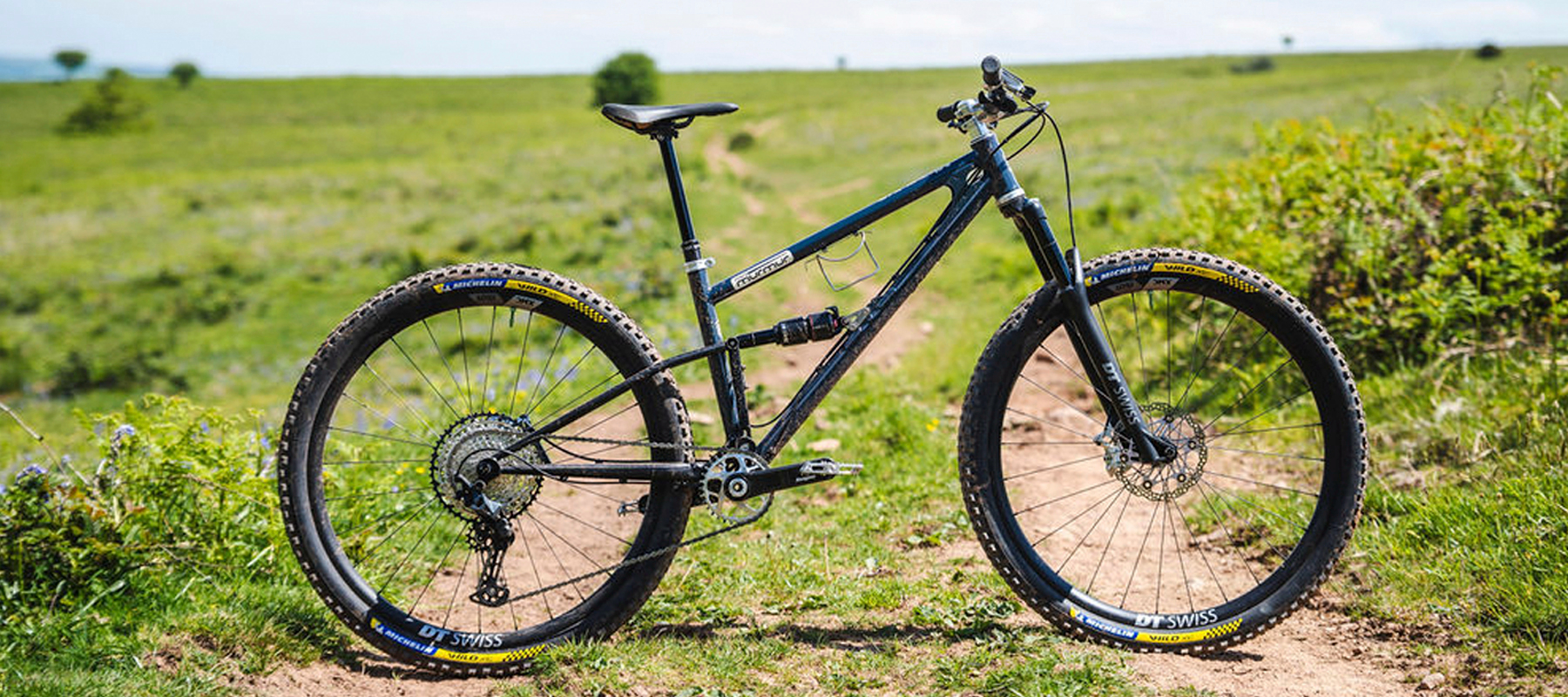Early Verdict
The Mini Murmur delivers a really agile and lively ride that feels lighter than the scales would otherwise suggest. Well-balanced frame geometry means it's capable for a short travel bike and an adjustable mount gives the versatility to handle heftier suspension.
Pros
- +
Lively, energetic feel
- +
Rides like it's lighter than its actual weight
- +
Seven-year frame warranty!
- +
Adjustable mount can handle up to a 165mm shock
- +
V3 frame has UDH hanger
Cons
- -
Handmade doesn't come cheap
- -
Medium is the smallest frame size
- -
Steel weight means the bike is at the heavier end of its class
Why trust BikePerfect
Starling Cycles has made various iterations of its steel-framed, full-suspension Murmur over the years. With a Reynolds 853 front triangle handmade in the brand's Bristol workshop and a Chromoly rear end from ORA in Taiwan, the single pivot bikes have built up a worldwide cult following.
An adjustable shock mount makes the Murmur a highly versatile mountain bike with available travel options from 165mm to 120mm. Using Starling's V3 frameset (launched in 2022) comes the latest incarnation of the bike – the Mini Murmur. As the name suggests, this build comes in at the lowest end of the travel spectrum with 120mm of bounce front and rear. I got to test out the new bike on a half-day ride prior to launch.
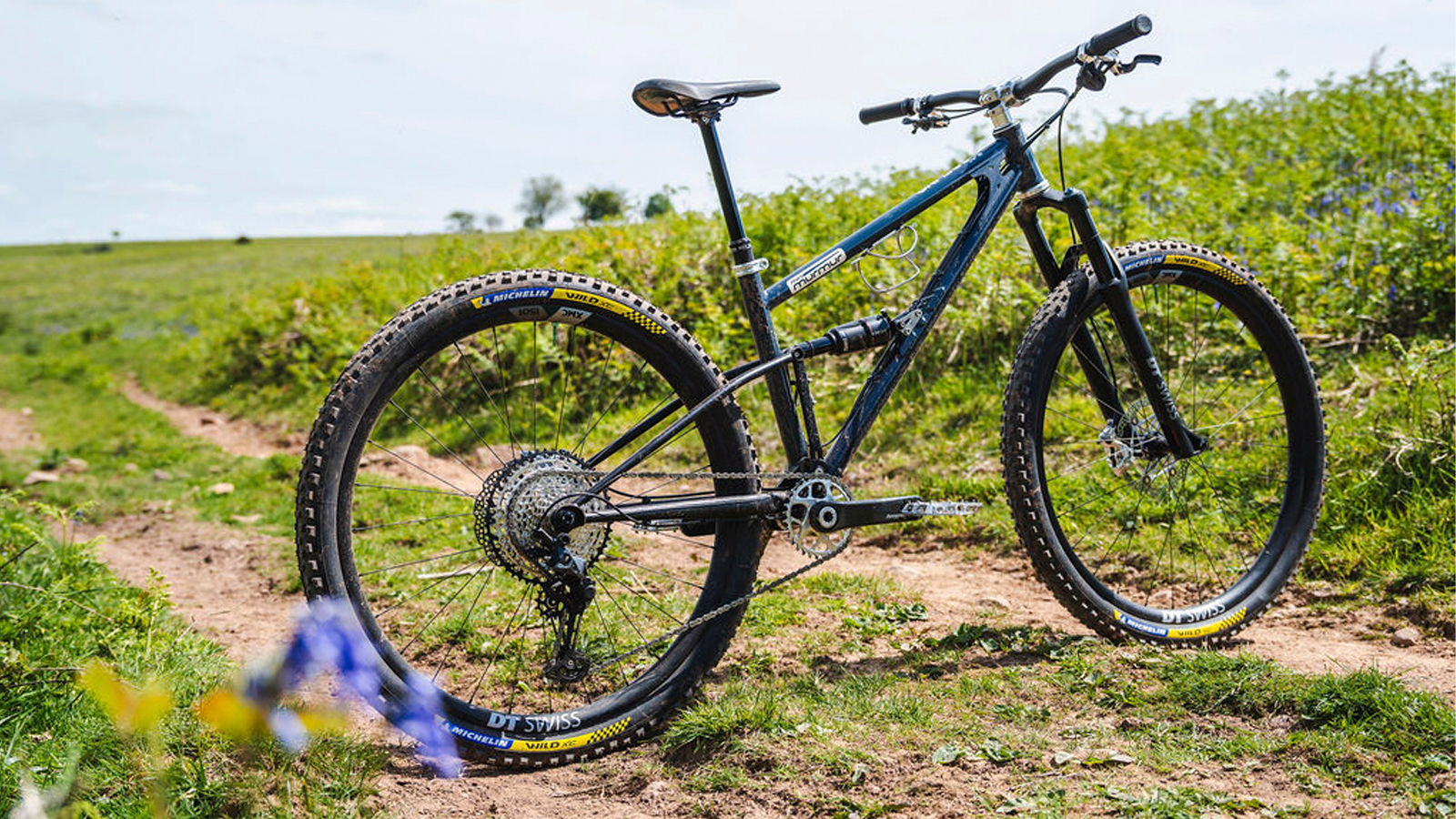
Design and specifications
The latest V3 version of the Murmur frame is up to date with a 148x12mm (Boost) thru axle, SRAM UDH hanger and underslung bottle mount on the top tube. In Mini Murmur guise, it comes with a 120mm travel, lightweight (claimed 1.51kg) XC-orientated, DT Swiss F232 One fork, and 120mm rear travel controlled by an 'all-mountain' DT Swiss R 535 shock.
The lightweight component selection continues with 29-inch DT Swiss XMC 1501 wheels with a 30mm internal rim shod with 2.25in Michelin Wild XC tires, plus carbon Hope cranks. The 40mm stem, headset, seat clamp and XCR brakes with 180mm rotors all come from the Lancashire-based manufacturer too, while the drivetrain is Shimano 12-speed XT, the dropper is Bike Yoke's Revive 3 and the bars are 760mm Renthal Fatbar Lite V2 T6 Alloy. All told, the medium-sized framed bike I rode weighed in at 14.15kg (with CushCore XC inserts at 150g each), which while no heavyweight, is at the heftier end for a downcountry-esque bike.
Starling's handmade processes enable it to add some nice, extra flourishes to the frame such as cutout logos on braced areas – and the paintwork looks lush too.
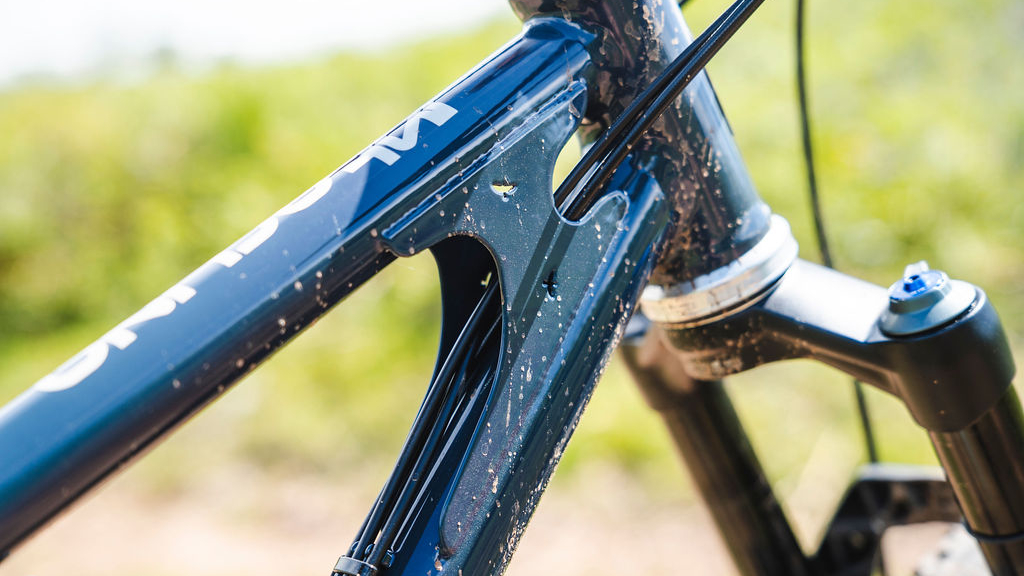
Geometry
I didn't measure the geometry during my test ride, but the numbers from Starling correlate with similarly intended rivals such as the Yeti SB120, Transition Spur and YT Izzo. The reach for the medium frame I was testing came in at 440mm which was a nice sweet spot for my 5'9" frame on a short travel bike. Similarly, the 66.2-degree head angle gave a rapid response without feeling overly steep and the 79-degree effective seat tube angle helped provide a good seated platform for attacking steep climbs. A decent BB drop of 46mm (the vertical distance between the center of the bottom bracket and the wheel axles) helped give a planted feel.
As well as this build, Starling also offer the Murmur as a frame only for £2,150, or £2,549 with the 120mm DT Swiss shock. US and EU prices TBC.
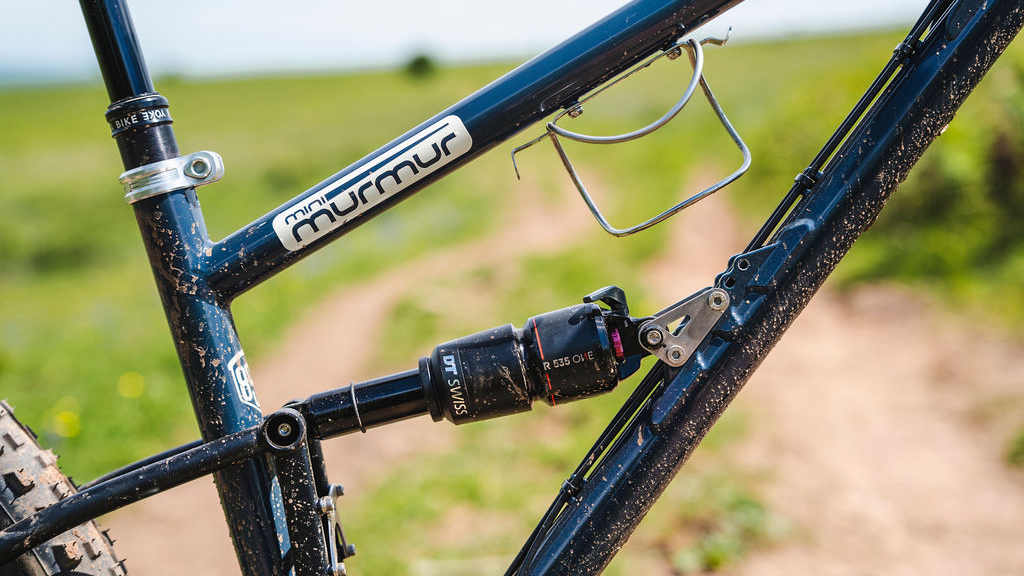
First ride performance
My meet-up with Joe from Starling to test the Mini Murmur took place in the Mendip Hills on a warm sunny day, but being woody trails in the southwest of England in early summer, that didn't guarantee dry riding conditions. It's an area I used to ride a lot when I lived nearby and it offers a wide mix of options from XC loops to enduro plummets – plus everything in between. I'd not ridden a shorter travel MTB for a while, so was interested in seeing how this Murmur fared across the trails on offer.
While I'd previously tested Starling's Roost hardtail, straddling the Mini Murmur for the first time, the skinny 853 steel tubes looked pretty small compared to the chunky carbon-framed trail/enduro bikes I'd been riding at the time, while the Chromoly rear triangle is skinnier still. The 32mm stanchions on the XC fork and looked weedy too, ditto for the speed rather than grip-orientated XC tires. The bike looked light, but of course, that's not one of the inherent qualities of steel. I had scales with me but saved weighing the bike until the end of the ride so as not to encourage any preconceptions.
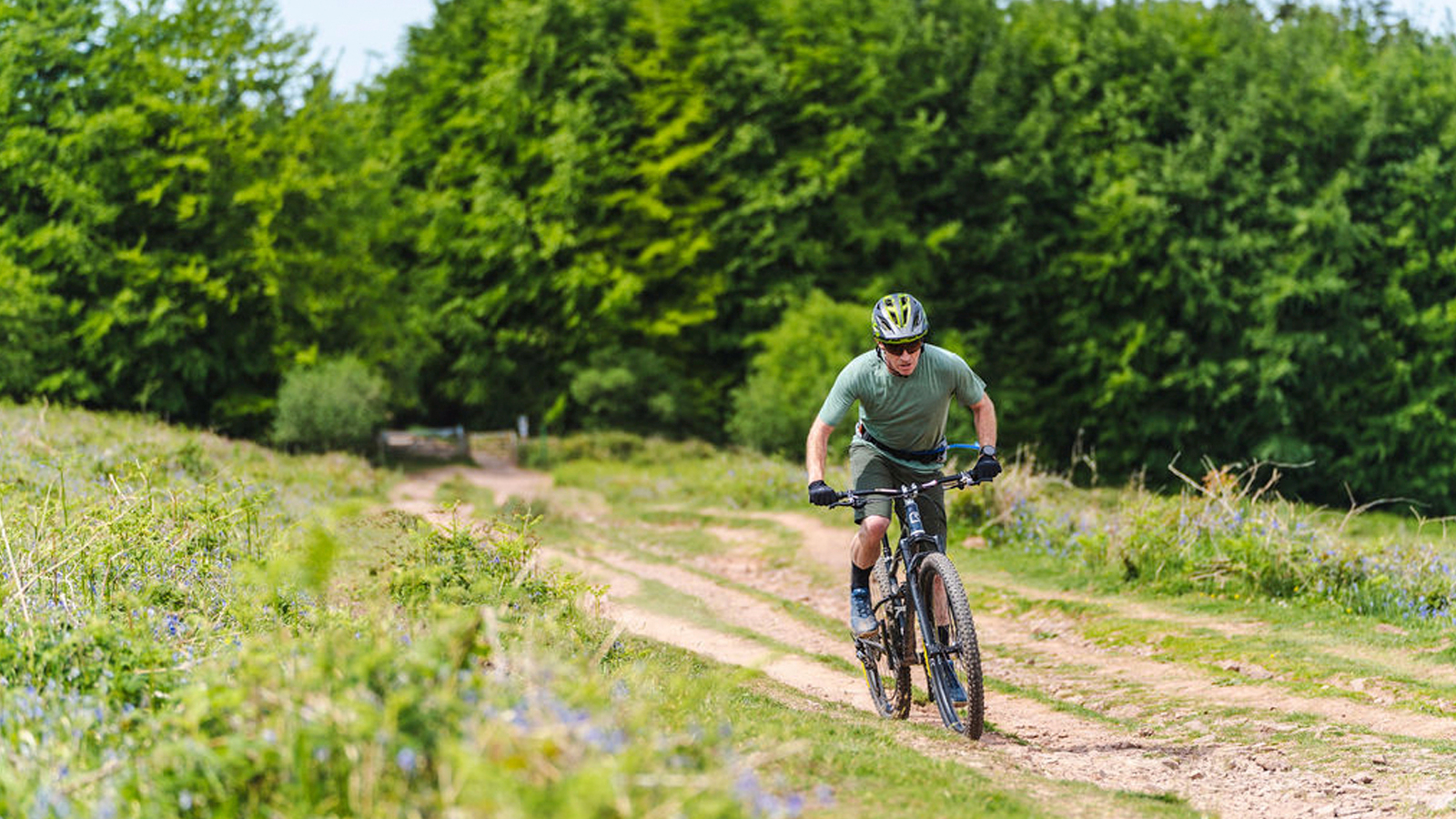
The beginning of the ride took us on a fairly hefty climb to the top of the ridge. As we spun up in the heat I was struck by the Mini Murmur's well-behaved climbing manners and the steep seat angle helped keep my weight over the BB. Cranking the bike up and over obstacles on the climb was pretty easy to do too.
I decided to test the water with some of the easier descents on offer – particularly as I was a little unsure of how XC tires would fare on these fairly rooty trails even in the dry conditions. They definitely broke free quicker than the heavier tires I was more accustomed to, but over the course of the session, I learned where the bite points were and how much I could lean into them before they lost traction.
Similarly, once I started dialing in the well-supported XC fork, speeds increased along with my confidence on the skinny fork legs and relatively narrow bars. I felt more at home on the rear suspension setup and despite its short travel it felt comfortable from the off. Lump and bump absorption may well have been enhanced by the steel frame, but I'd need more time on the bike to be sure about that.
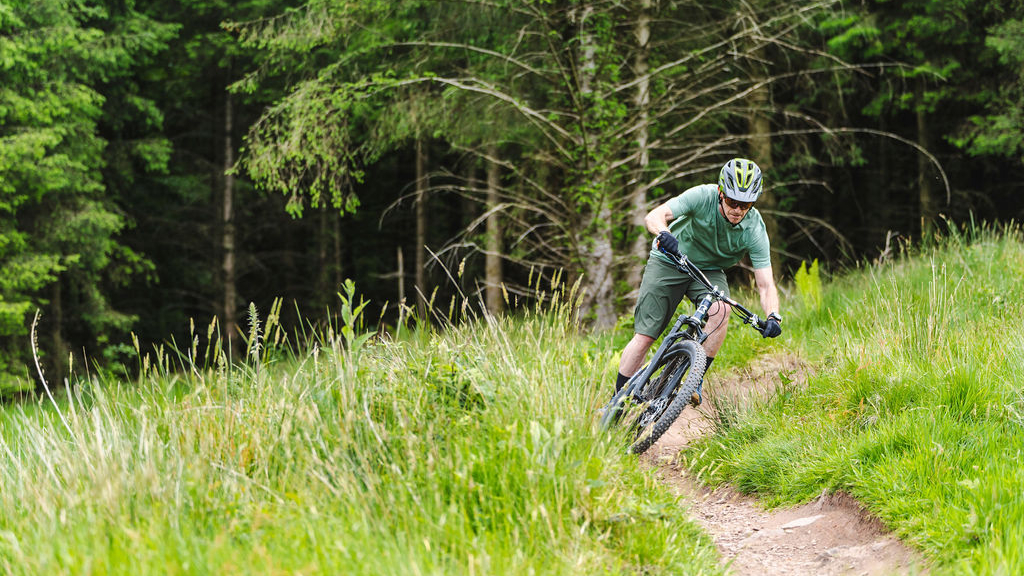
Over the course of the session we hit all kinds of trails and I was impressed with the Mini Murmur's capabilities throughout. It was super lively and responsive, which is basically what I'd hoped for. But even on steeper lumpier trails, the handling didn't stray into the nervy category which was more of a surprise. Likewise, despite 120mm of suspension travel, I felt far less underbiked than I anticipated – a testament to Starling's suspension angles. On flatter trails, the bike had an engaging hustler vibe as it egged me on to rail corners, launch over roots and crank through gaps.
Once back at the van, I pulled out the scales. At 14.15kg, the bike was definitely heavier than it felt on the trails. Joe from Starling put that down to the lower rotational weight of the light wheels (he's also written a blog post on the subject). I'm keen to test the bike further and do some experimentation along those lines.
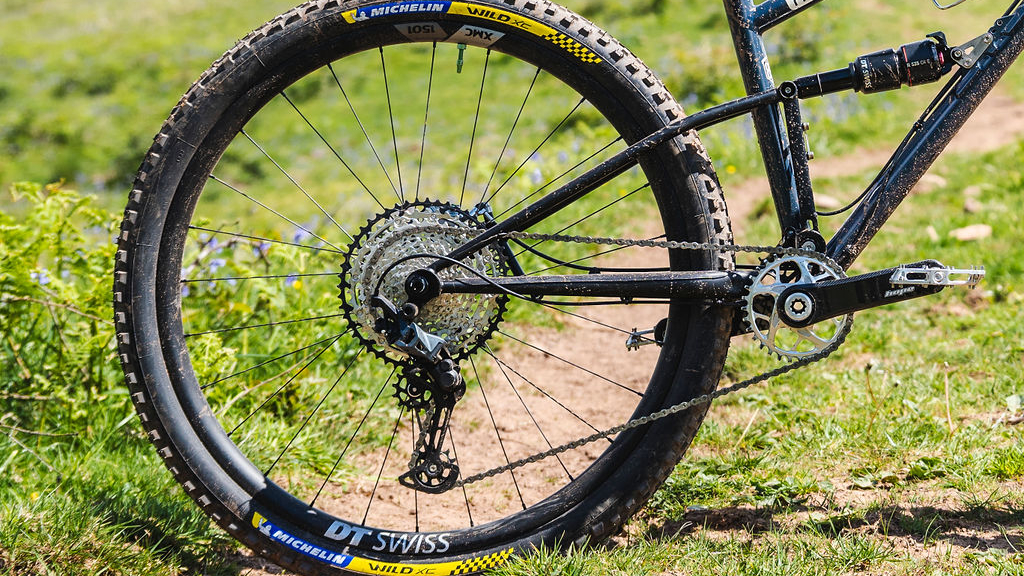
First ride verdict
I only had a brief time on the Mini Murmur, but it was an eager, nimble, fun to ride, and surprisingly capable companion. While by no means heavy, it definitely felt livelier than its weight might suggest. It's also extremely versatile as the adjustable shock mount means it can handle suspension up to 165mm – see Starling's Mega Murmur setup for an example of that.
The Mumur comes with a hugely impressive seven-year guarantee against manufacturing defects. Riders also get a crash replacement service of the same length. Starling will cover all the costs involved bar postage. The brand also offer repaint, refurbish and repair services where you can get new bearings, a paint job, and get most dents and bends repaired too. Starling wants its bikes to last as long as possible and is keen to do all it can to make that happen.
All of the above doesn't come cheap though, as the Mini Murmur comes with a £7,650 price tag (US and EU TBC). Your return on that investment is a great-looking, well-made, fun and capable bike, along with all the support you could ever want.
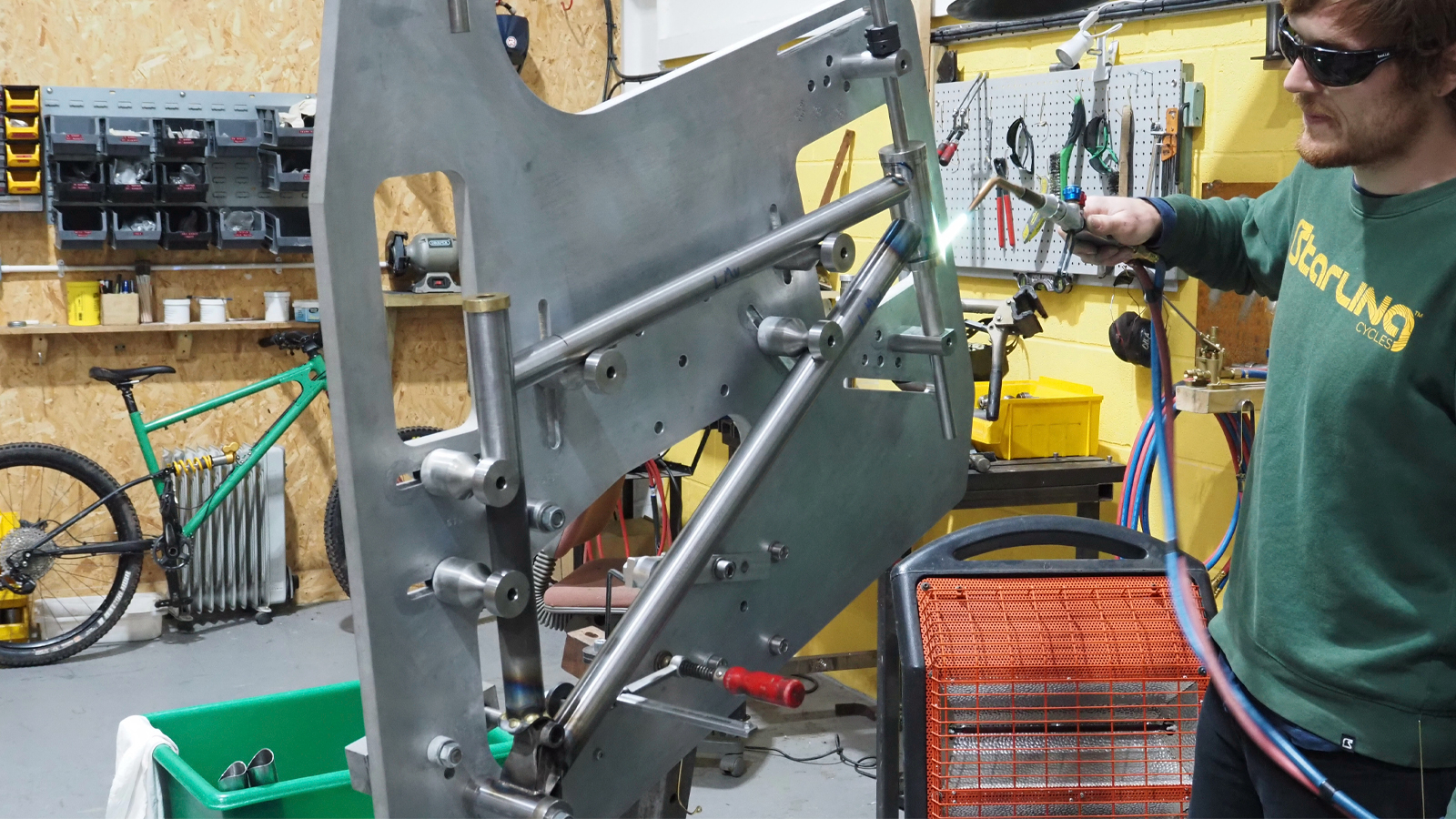
Tech specs: Starling Mini Murmur
- Discipline: Trail/downcountry
- Price: £7,650 / US and EU TBC
- Frame materials: Heat-treated Reynolds 853 steel front triangle, 120mm travel, heat-treated Chromoly rear triangle
- Fork: DT Swiss F 232 One, 120mm travel
- Shock: DT Swiss R 535, 210 x 50mm
- Reach: 440mm (M), 485mm (L), 515mm (XL), 545, (XXL)
- Head angle: 66.2 degrees
- Effective seat tube angle: 79 degrees
- Chainstay length: 445mm
- Bottom bracket drop: 46mm
- Crank: Hope Carbon 165mm, 32t chainring
- Drivetrain: Shimano 8100 XT 12-speed
- Brakes: Hope XCR, 180mm rotors
- Wheels: DT Swiss XMC 1501 29-inch, 30mm internal width
- Tires: Michelin Wild XC 2.25in
- Bars: Renthal Fatbar Lite V2 T6 Alloy, 760mm
- Stem: Hope TR 40mm
- Seat post: Bike Yoke Revive 3
- Saddle: Fizik Alpaca X5
- Sizes: M, L, XL, XXL
- Weight: 14.15kg (medium size tested with CushCore XC inserts at 150g each)

Rich Owen joined the BikePerfect team as editor in 2021. He's worked as a journalist and editor for over 24 years, with 12 years specializing in cycling media. Rich bought his first mountain bike (a rigid Scott Tampico) in 1995 and has been riding MTB for almost 30 years.
Current rides: Merida One-Forty 6000, Banshee Paradox, YT Jeffsy Core 3, Saracen Ariel 30 Pro
Height: 175cm
Weight: 69kg
